
Using Smartphone Cameras for Beautiful Succulent Photography
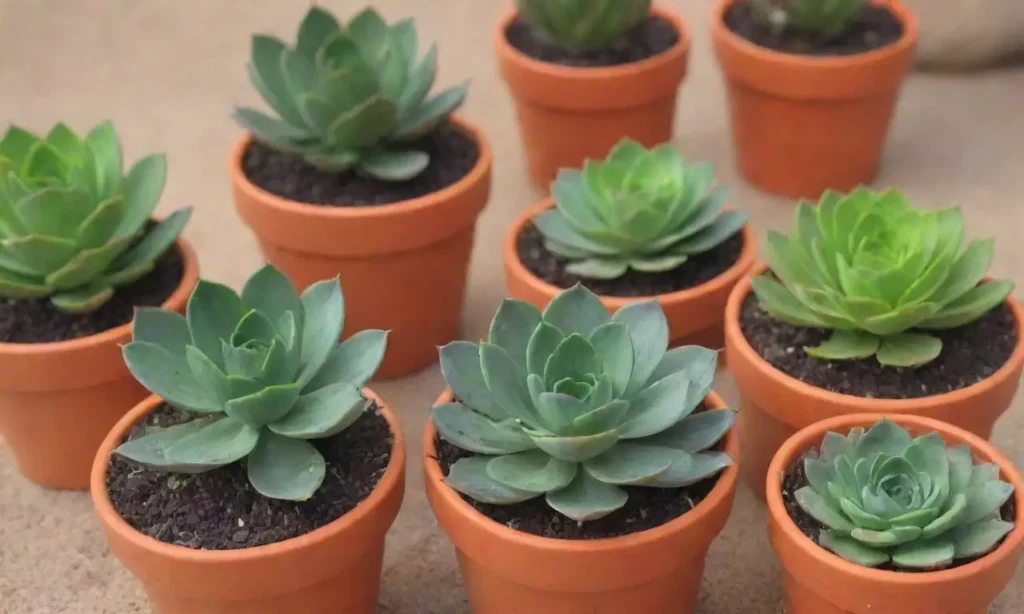
Introduction
In today’s digital age, the smartphone camera has become a powerful tool for capturing the intricacies of the world around us, including the mesmerizing beauty of succulents. These hardy plants, known for their unique shapes and vibrant colors, have gained immense popularity among plant enthusiasts and casual gardeners alike. The blend of creativity and technology allows anyone, regardless of their photography skills, to produce stunning images that highlight the charm of succulents.
This article aims to provide an extensive guide on how to effectively use your smartphone camera to capture beautiful images of succulents. We will explore various aspects of photography, including composition techniques, lighting tips, editing tools, and more, ensuring that your succulent photography stands out and encapsulates the essence of these fascinating plants.
Understanding Your Smartphone Camera
Understanding the capabilities and limitations of your smartphone camera is the first step towards capturing magnificent succulent images. While the specific features can vary based on the brand and model you own, most smartphones today come equipped with robust cameras that can take high-quality images. Key features to consider include megapixels, lens quality, optical zoom, and manual settings.
Megapixels and Resolution
Megapixels refer to the resolution of the images your camera can produce. While higher megapixels imply a greater detail level, they are not the sole marker of quality. Factors such as sensor size, lens clarity, and image processing power also play a critical role. Even a smartphone with lower megapixels can take stunning photos if it has a good lens and effective image processing capabilities. Aim for a resolution that is suitable for the medium in which you will display your photos, whether it be social media, prints, or an online gallery.
Manual Settings and Modes
Many modern smartphones offer various manual settings and modes that allow you greater control over your photography. Learn to adjust settings such as exposure, ISO, and focus manually to enhance your photos further. For example, if you're shooting in low light, increasing the ISO can help capture more details, whereas reducing exposure may help prevent the highlights from washing out. Experiment with these settings and become familiar with the different modes like portrait, macro, and landscape to find the best for capturing the beauty of succulents.
Equipment Add-ons
Though your smartphone is capable of capturing beautiful images on its own, there are several equipment add-ons that can enhance your photography. Consider investing in a clip-on macro lens to get close-up shots of succulent details, such as the intricate patterns on their leaves. Alternatively, a portable tripod can significantly improve the stability of your shots, especially in lower light conditions or when using slower shutter speeds. These enhancements will not only provide better quality images but will also encourage you to unleash your creative potential.
Composition Techniques
Once you understand your smartphone camera, the next step involves mastering composition techniques that can significantly enhance your succulent photography. The way elements are arranged within the frame plays a crucial role in capturing stunning images.
 Common Mistakes in Succulent Photography and How to Avoid Them
Common Mistakes in Succulent Photography and How to Avoid ThemThe Rule of Thirds
One of the simplest yet most effective compositional techniques is the rule of thirds. This guideline involves dividing your frame into a grid of nine equal parts and placing your subject along these lines or intersections. When photographing succulents, position the plant off-center to create a visually engaging composition. This approach allows for a balanced image that draws the viewer's attention while also capturing the surrounding environment, which can provide context about the succulent’s habitat.
Leading Lines and Framing
Another effective method for composing your succulent photographs is to use leading lines and natural framing. Leading lines guide the viewer’s eyes toward the subject, creating a sense of direction and movement. For instance, if you are shooting succulents in a garden, pathways or rows of plants can serve as leading lines. Additionally, consider using elements in your surroundings—such as leaves or branches—to frame your subject. This not only isolates the succulent but also adds depth to the image, enhancing its overall appeal.
Depth of Field
Utilizing depth of field is a powerful technique that can transform a simple succulent shot into an extraordinary one. A shallow depth of field (achieved by using a low f-stop value) blurs the background while keeping your succulent in sharp focus. This approach eliminates distractions, putting all the emphasis on the plant itself. Many smartphone cameras allow you to adjust the focus manually, so experiment with this feature to achieve that perfect bokeh effect, making your succulent the star of the shot.
Playing with Light
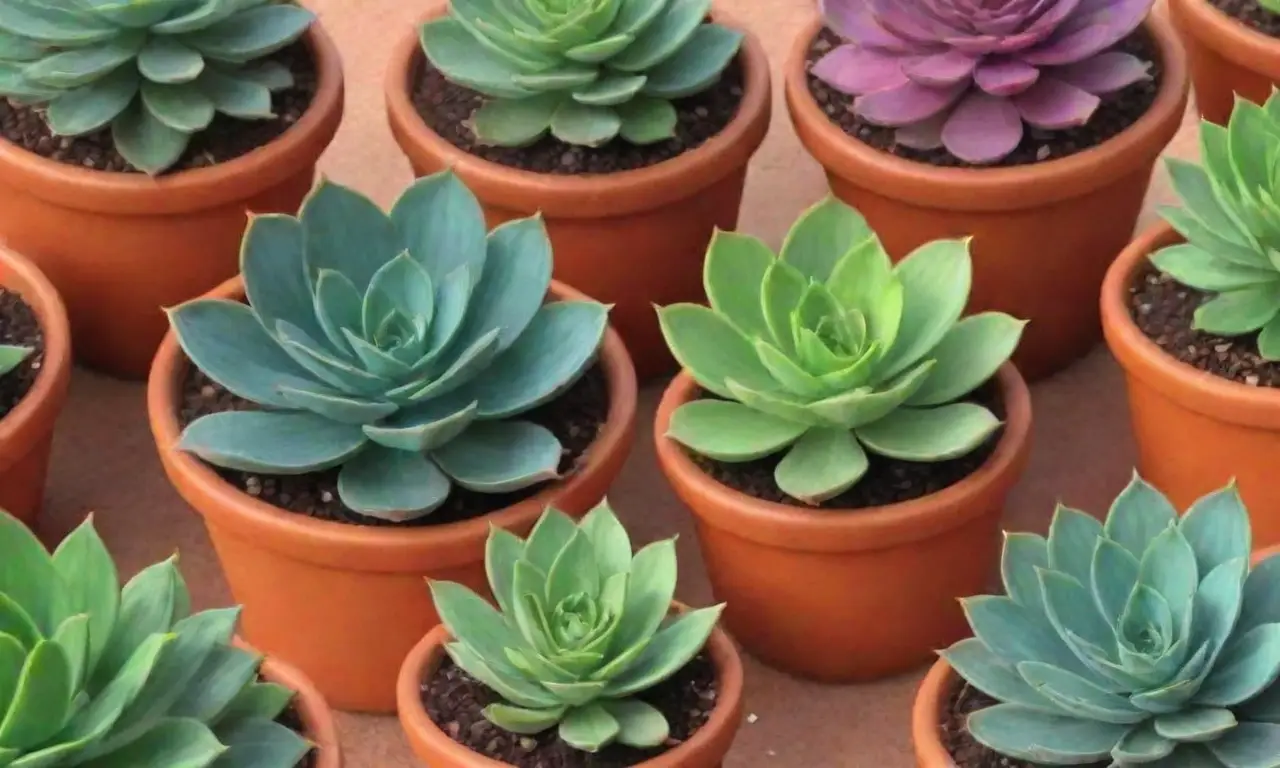
Lighting is one of the most critical aspects of photography, and understanding how to work with light can significantly impact your succulent images. Natural light usually works best for succulent photography, as it highlights the vivid colors and textures of the plants.
Golden Hour Magic
The golden hour—the hour after sunrise and before sunset—is often hailed as the best time for photography. During this time, the light is soft and warm, creating a beautiful atmosphere that enhances the colors of the succulents. Avoid harsh midday sunlight, as it can create unwanted shadows and wash out colors. Instead, aim to capture your succulents in the gentle light of the early morning or late afternoon, yielding stunning results.
Experimenting with Shadows
Don’t shy away from shadows; instead, learn to use them creatively in your succulent photography. Shadows can add an interesting element to your composition and provide contrast between the plant and its environment. Look for ways to incorporate shadows that flow across the frame or cast intriguing patterns. Keep an eye on how shadows shift and change to find the perfect conditions to shoot your succulent.
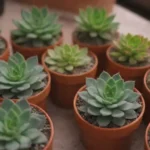 How to Photograph Succulents at Home: Step-by-Step Guide
How to Photograph Succulents at Home: Step-by-Step GuideBacklighting Techniques
Using backlighting—where light sources are behind the subject—can create a magical effect in your succulent photography. This technique highlights the plant’s translucent leaves and enhances its colors. To achieve this, position the succulent so that the sunlight illuminates it from behind. This will create a glowing effect that makes the plant feel alive and vibrant. Just be careful not to overexpose the shot; an effective use of backlighting requires balancing the exposure for both the subject and the background.
Editing Your Succulent Photos
Once you have taken your succulent photographs, the next step is to edit and enhance them. Photo editing can take your images from good to breathtaking by allowing you to refine colors, adjust brightness, and create a cohesive look.
Using Editing Apps
There are numerous editing apps available, such as Snapseed, Lightroom, and VSCO, that can help you polish your succulent photos. These apps offer various tools, including filters, cropping, and color adjustment capabilities. Familiarize yourself with these apps and explore their features to maximize your editing skills. Start with minor adjustments first, such as exposure and color balance, before exploring more advanced functions, such as curves and selective edits.
Color Grading for Impact
One of the most effective ways to make your succulent images pop is through color grading. Adjusting the colors can give your images a unique and eye-catching aesthetic. When editing your succulent photos, consider enhancing the greens of the leaves, increasing saturation to make the colors more vivid, or creating a warm tone to evoke a specific mood. Experimenting with color grading can help you establish a consistent style that reflects your personality and artistic vision.
Composition and Cropping
During the editing process, don’t forget the importance of composition and cropping. If something in the frame distracts from the subject or the overall aesthetic, cropping can help draw attention to the succulent. Make sure to maintain balance and alignment while cropping to improve the visual impact of the image.
Conclusion
Capturing beautiful succulent photography using your smartphone camera is an enriching experience that combines technology, creativity, and a passion for plants. By understanding your smartphone's capabilities, practicing effective composition techniques, playing with light, and utilizing editing applications, you can produce stunning images that showcase the unique characteristics of succulents. As you delve deeper into this art form, don’t hesitate to experiment and develop your own style.
Remember that photography, much like caring for succulents, requires patience and practice. Every image you take adds to your skillset and helps you improve over time. So go outside, engage with your plants, explore different angles, and strive to create captivating photographs that reflect the beauty of succulents in a whole new light! Happy shooting!
 Lighting Hacks for Perfect Succulent Photography Every Time
Lighting Hacks for Perfect Succulent Photography Every TimeIf you want to read more articles similar to Using Smartphone Cameras for Beautiful Succulent Photography, you can visit the Photography Tips category.

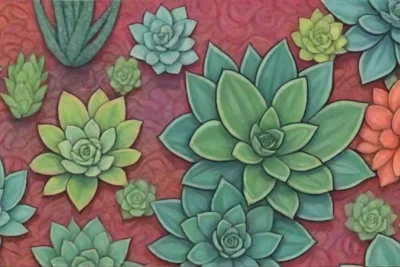


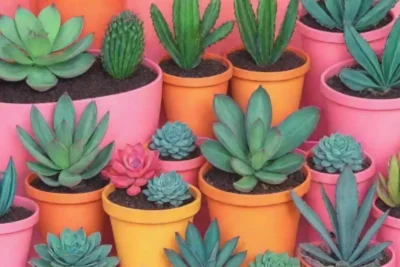
You Must Read